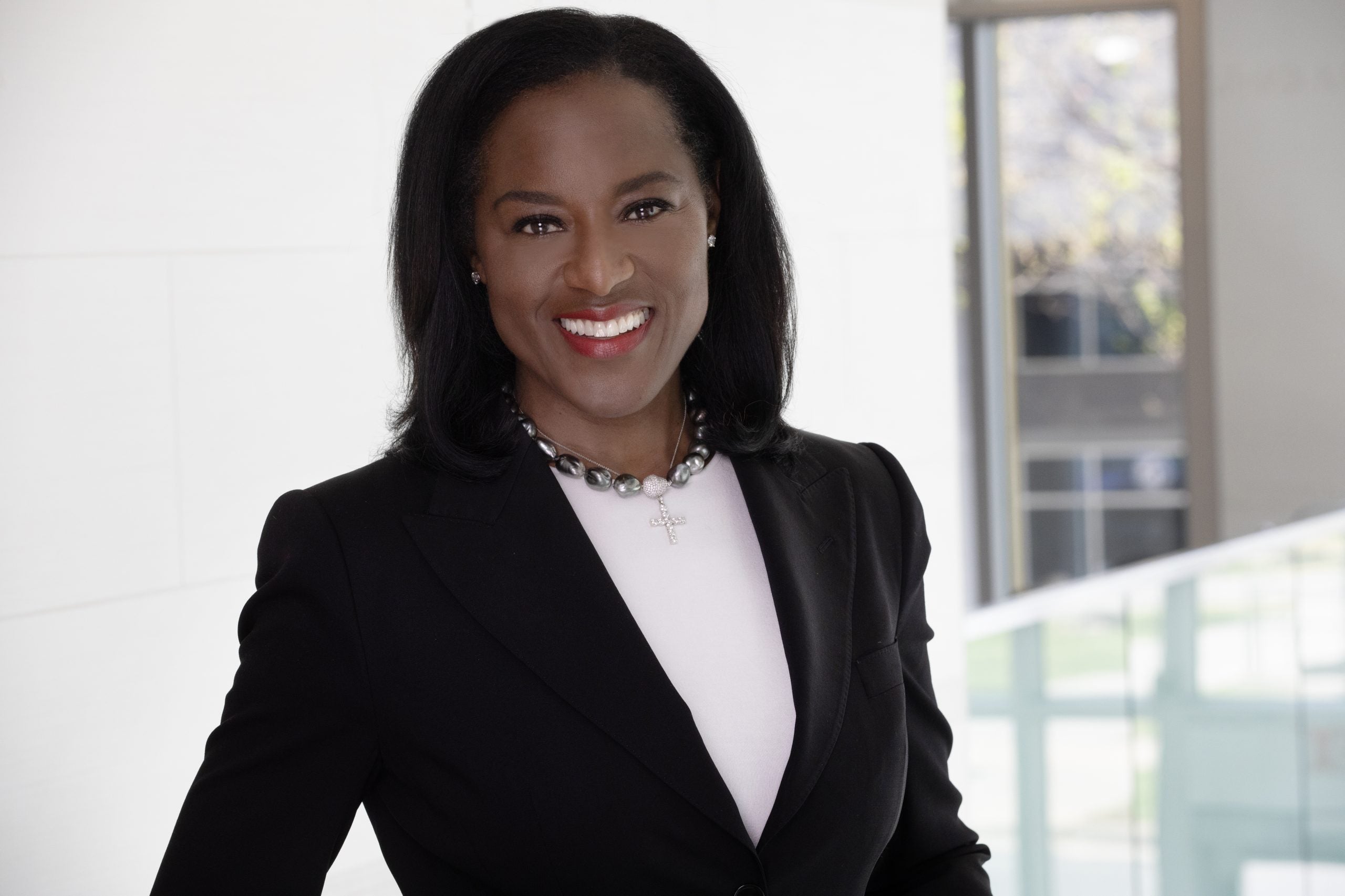
Chuck Bishop knows a lot about irony. As the head of Wells Fargo Home Lending Diverse Segments, he’s built a decades-long career helping Black people purchase homes. Yet, he never lived in a home growing up and his mother lived in the same apartment for more than 4o years. She now has dementia and in her stead, Bishop has taken over a personal affairs. After totaling up how much she’d paid in rent over that time, Bishop realized his mother paid more than $907,000 to her landlord.
“She could’ve put that money toward real assets but that’s just not how she thought about things,” Bishop tells ESSENCE. He said her relationship money management was straightforward: work for it, earn it, save it and pay bills. Growing up, he shares there weren’t many conversations had about money despite being in a home of educators.
“My mother is an educated woman,” he says. “She earned a master’s degree in math. She was the second highest ranking official in the Prince Georgia county school system at a time when that county was the 7th largest in the nation. Super smart. Her name is in three different math textbooks as being an editor. But she never owned a home.”
After confirming that his mother had paid nearly $1m in rent to the complex she’d raised her family in, Bishop checked the apartment’s current value and what it sold for the year she moved in.
“$65,000 was the sale price when she rented that unit,” he explains. “So, if you think about it, she paid $907,000 in rent. We all realize when you buy a mortgage, there’s an APR, so there’s fees and other things you pay that ultimately ends up being your total cost over 30 years, typically about three times your loan amount. Let’s assume she had, would have spent $200,000 over the life of the mortgage to own the property. That’s $700,000 of tangible cash that’s gone; given to a landlord who probably paid off the whole building with just her rent alone and banked the rest. This means that’s legacy wealth that our family does not have. That’s property our family does not have. We’ve got a million dollars worth of memories, and that’s it.”
That painful revelation is fuel that helps him passionately to close the racial wealth gap, specifically by helping Black families reach their goal of homeownership.
The rate among Black American homeownership sits at 44%, and has only bumped up by 0.4% in the last decade. This is early 29 percentage points less than White Americans (72.7%).
“We talk about homeownership being the American dream, and you can achieve that through small business and kind of other ways, but homeownership is one of most pivotal pathways to take to achieve that,” Kristy Fercho, Wells Fargo’s Head of
Diverse Segments, Representation and Inclusion tells ESSENCE. “It’s that we focus on
making sure that underrepresented communities are in the game and we’re providing them with that best service and access to that capital.”

Wells Fargo is carrying out this mission through opportunities like the Homebuyer Access Grant.
“Through this program, we provide down payment assistance of up to $10,000 for our customers in certain geographies to be able to purchase a home,” Fercho explains.
Bishop adds: “Last year, the work we did allowed 1,300 first-time home buyers go into their own homes. I told my team around the holidays that 13,000 families will be celebrating holidays in their home for the first time ever. That’s why we do this work every day. That’s why we get dressed and fight the battles and deal with the negative media and everything else. We have to deal because we want to make a difference. We’re running into the fire. We’re not running away from it.”







